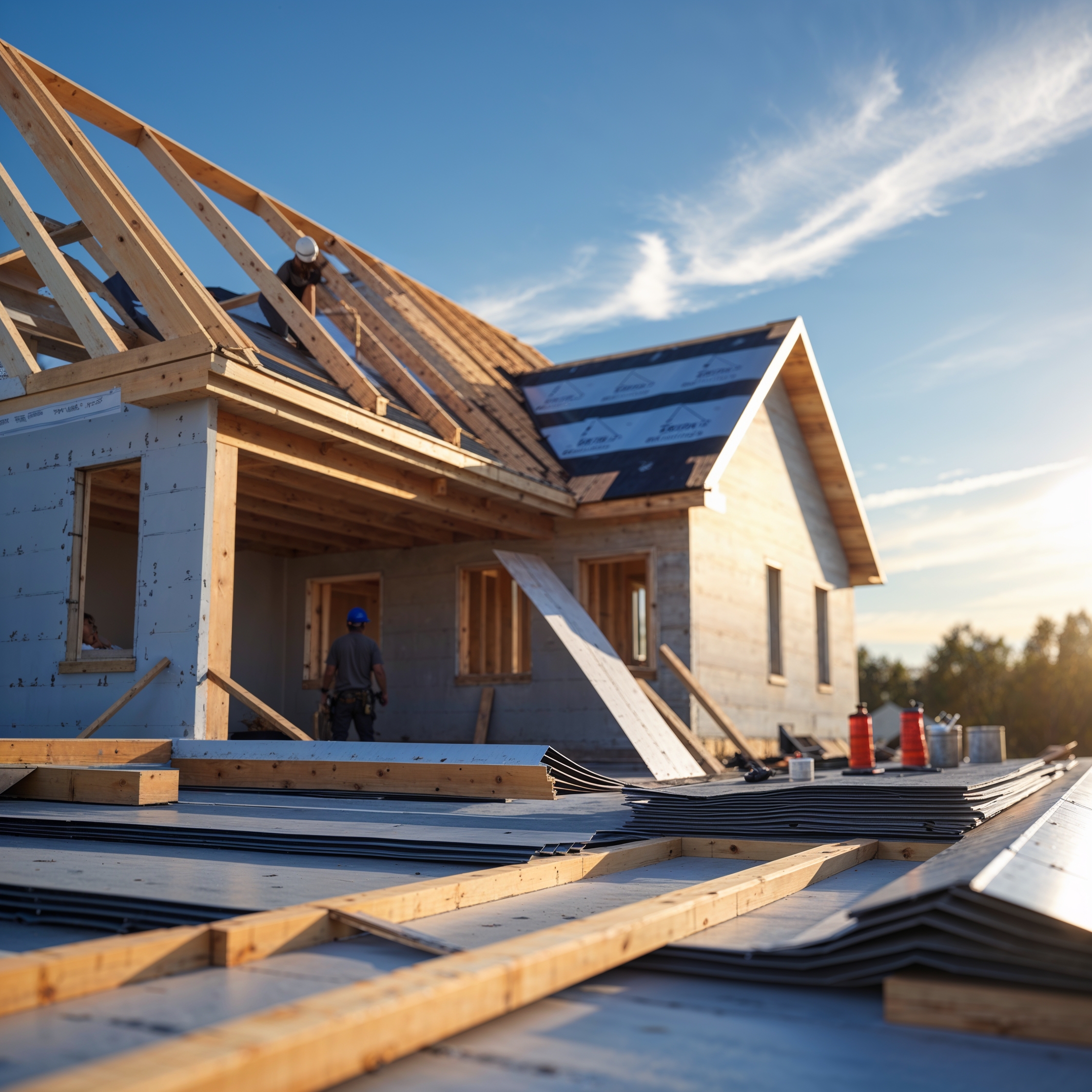It is difficult to say which specific type of repair takes how much time, as all roofing structures and the causes of problems vary. But generally, the timeline for repairing the roof can last a maximum of hours to days, depending on the severity of the task, the extent of the issue, and the required material. Various roofers in Norwich also give free written estimates before the project that help homeowners determine how long it takes to get rid of the issue.
- Minor issues, such as reflashing or sealing the minor leaks, usually take 2-3 hours.
- Moderate repairs that include removal of old materials can take 1-3 days.
- Extensive damage or reroofing often lasts up to 3-5 days.
Understand Roof Repair Timelines to Better Prepare for the Process
Roof repairs can range from minor fixes to major replacements. The time it takes varies based on the complexity of the issue.
| Repair Type | Expected Completion Time |
| Replacing a shingle | 1-4 hours |
| Replacing more than one shingle | 4-6 hours, depending on the quantity |
| Patching a small leak | Max 3 hours once the source identified. |
| Fixing or identifying major leaky problems | 1-3 days |
| Repairing flashing | 1-2 hours, if just resealing is needed |
| Replacing old flashing | 3-4 hours |
| Repairing damaged gutters | 1-2 hours |
| Repairing roof deck | 4-8 hours, excluding inspection and other additional tasks |
| Re-roofing | 5 Days to a week, depending on the installation material |
| Fix a sagging roof | 2-3 days |
Some roof repairs may need the removal of old materials and a detailed inspection to find hidden issues. These additional tasks extend the overall time for the repair. Leaking roofs can sometimes be hectic, as the source is usually far from the location and difficult to find (Tips to find and fix roof leaks). While in re-roofing, defects are often found in the underlying materials, which can prolong the construction process. It is recommended that homeowners should always consider 2 to 3 hours extra from the given duration due to the likelihood of unforeseen events.
Roofing Materials Installation Timeline
The complexity and experience of the contractor significantly influence the expected installation time of different roofing materials. In the UK, various roof types can also impact the estimated completion time. Homeowners should consult with professionals to get accurate quotes tailored to their specific needs and conditions.
Asphalt Shingles
- Timeline: 1-3 days
- Asphalt shingles are famous for their affordability and ease of installation. For a standard residential roof, the task can be completed within a day or two. This timeline includes repairing the underlying structure, removing older materials and gathering the necessary tools.
Metal roofing
- Timeline: 2 to 4 days
- The expected timeline for metal roofing may vary depending on the type of metal you use, such as aluminium and steel. It requires more time for installation due to their weight and the need for precise fitting. The completion time due to the roof’s design and accessibility can be exceeded by 4 days.
Tiling
- Timelines: 3 to 7 days
- Clay or concrete tiles are durable but heavy. The installation process is more labour-intensive and may require careful handling, which can take longer than usual.
Slating
- Timelines: 6 to 9 days
- Slate roofs are among the most durable but also the most challenging to install. The tile must be placed carefully, which makes this a time-consuming process and requires skilled craftsmanship.
Flat Roof Systems
- Timelines: 4 to 6 days
- TPO and EPDM are two common materials used for flat roofs. The installation time ranges from three to six days, including any necessary preparation for work.
Green Roofs
- Timeline: 5 to 10 days
- Installing a green roof system involves multiple layers, including waterproofing, drainage and planting. The process can be quite extensive and can last longer than the expected duration due to selection and installing vegetation.
Wood Shakes
- Timeline: 3 to 7 days or more
- Each wood shake must be installed individually and requires more labour and time than other materials. They often require pre-treatment with fire-retardant and preservative, which may need periodic reapplication and add time to the overall project.
Factors Influencing the Roof Repair Timelines
Repairing a roof is not a one-size-fits-all scenario. Some are quick fixes as they don’t require heavy equipment or extensive preparation. The contractor just does some inspection and repair at the same time. But if you need to replace the section or the damage is extensive, it may take hours, and that sometimes may fluctuate more than the written quote due to several factors.
Type of Repair
The nature of the repair significantly affects the timeline. It can involve installing material in a missing place, replacing the damaged part, or fixing the cracks. Minor repairs, such as cleaning the downspouts or sealing the edges, can take just a few hours. However, structural damage or leaks may require days to gather the right tools and identify the issue.
Roof Size and Complexity
In the UK, the average roof size of homes is 60 to 100 square meters. But the designs, like various slopes or dormers add complexity to the structure. Larger roofs or those with intricate designs take longer to repair, up to weeks and can be labour-intensive. In contrast, a small roof might be fixed in a day or two.
Weather Condition
The UK’s climate is unpredictable and can be harsh sometimes. This might delay the repairs, as it is difficult to work outside during rain or hail. Working in adverse weather can pose safety risks and also impact material adhesion. So, it is important to schedule the repair during optimal climatic conditions for timely task completion.
Material Availability
If materials are in stock, repairs can proceed faster without delay. But sometimes, specific materials need to be ordered that can extend the project timeline. Professionals will inform you beforehand of the shipping delays and backorders.
Accessibility
Steep or high roofs require additional safety measures and tools, such as scaffolding or harnesses. This setup before beginning work can add significant time to the repair process compared to easily accessible, flat roofs. Also, moving equipment and materials to the site can be time-consuming in densely populated areas or homes with limited access points.
Conclusion:
The time required for roof repairs depends on the type and extent of damage. Determining how long it takes helps homeowners manage their schedule according to the task. Minor problems can be treatable in hours, while major repairs can last for a day or more. Ask the professionals to check the condition and give you an estimated timeline.




